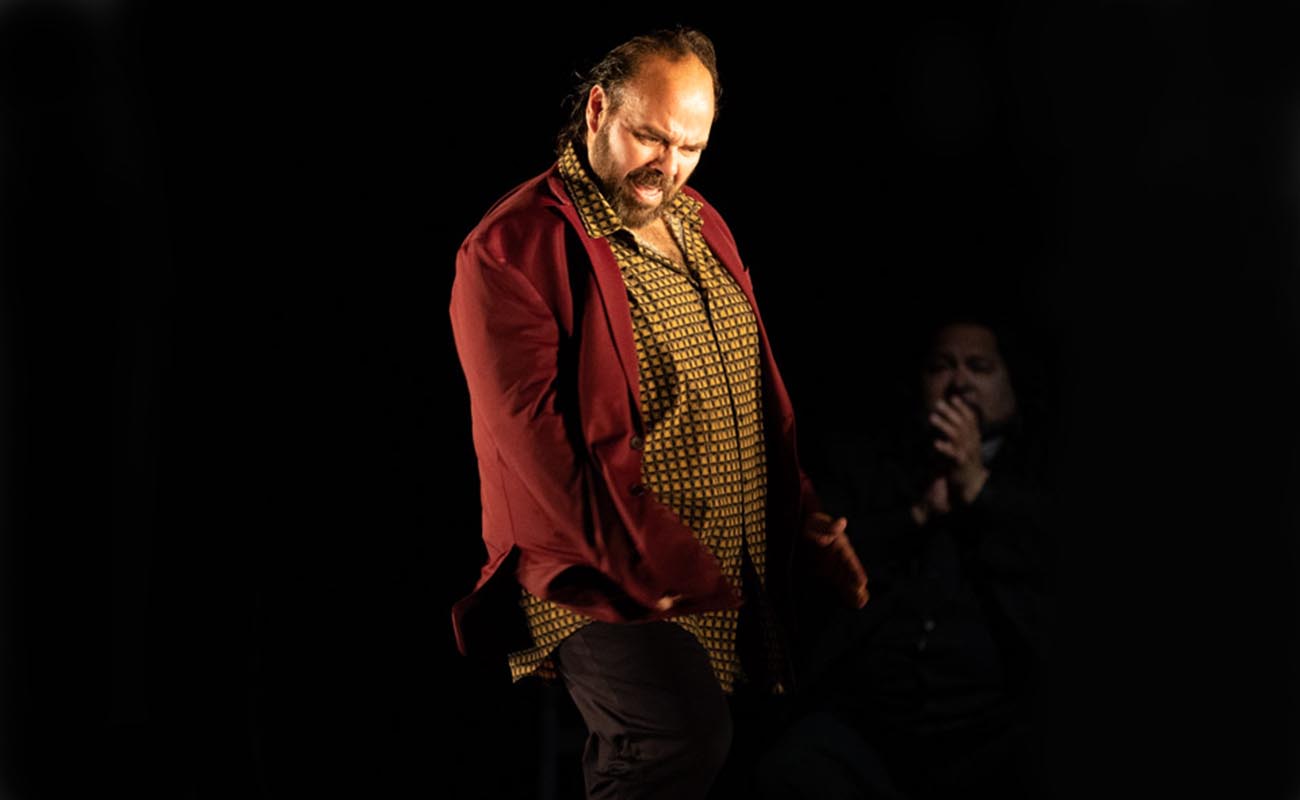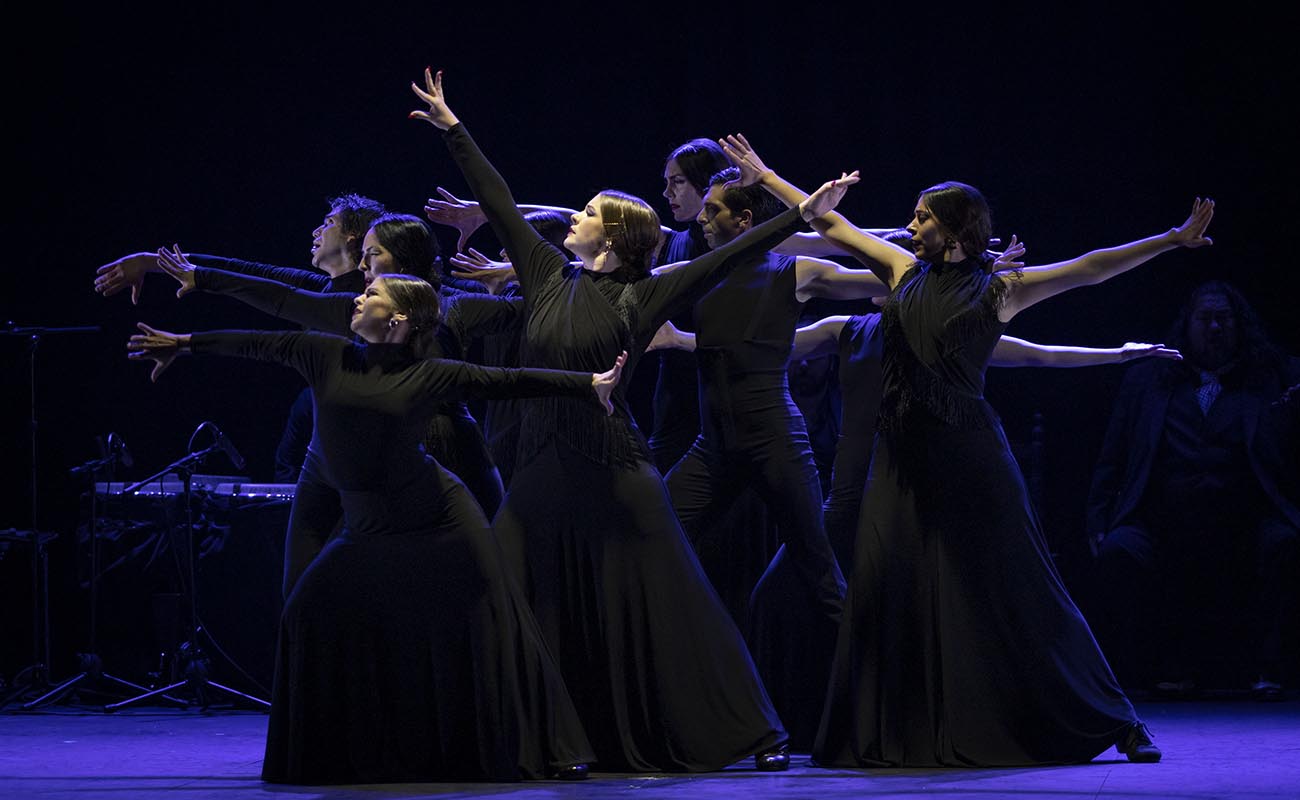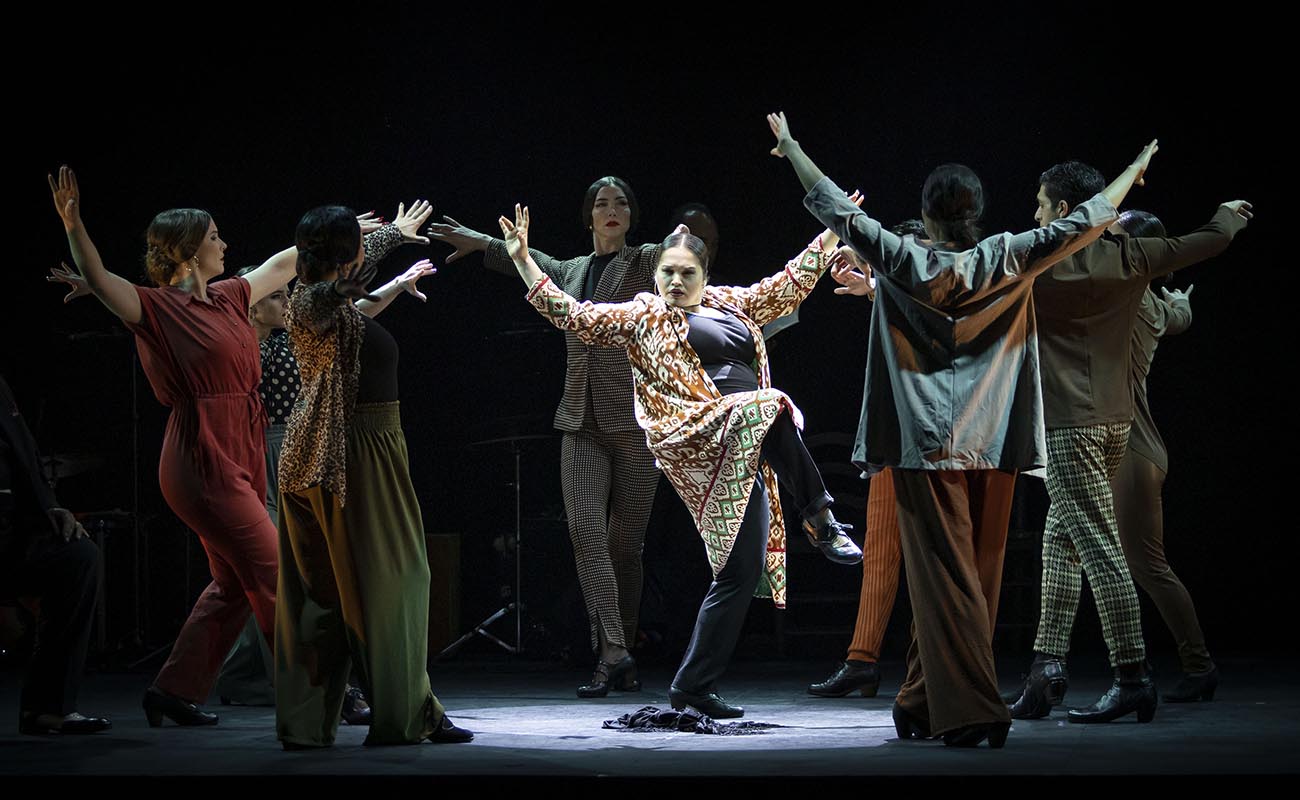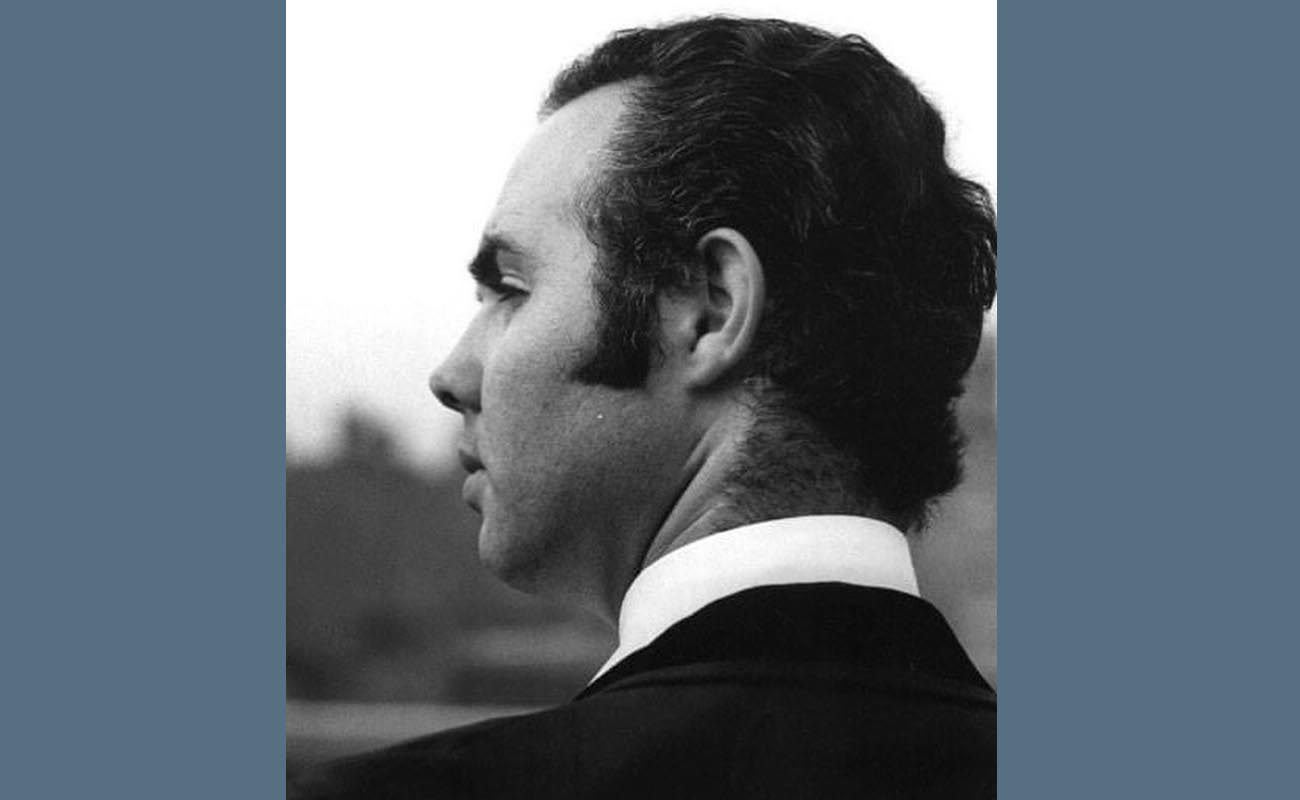A cultural round-trip with social allusions at the Festival de Jerez
The performance of the American Flamenco Repertory Company Yjastros in the Festival de Jerez, the most important international event of flamenco and Spanish dance, is a historic cultural event.
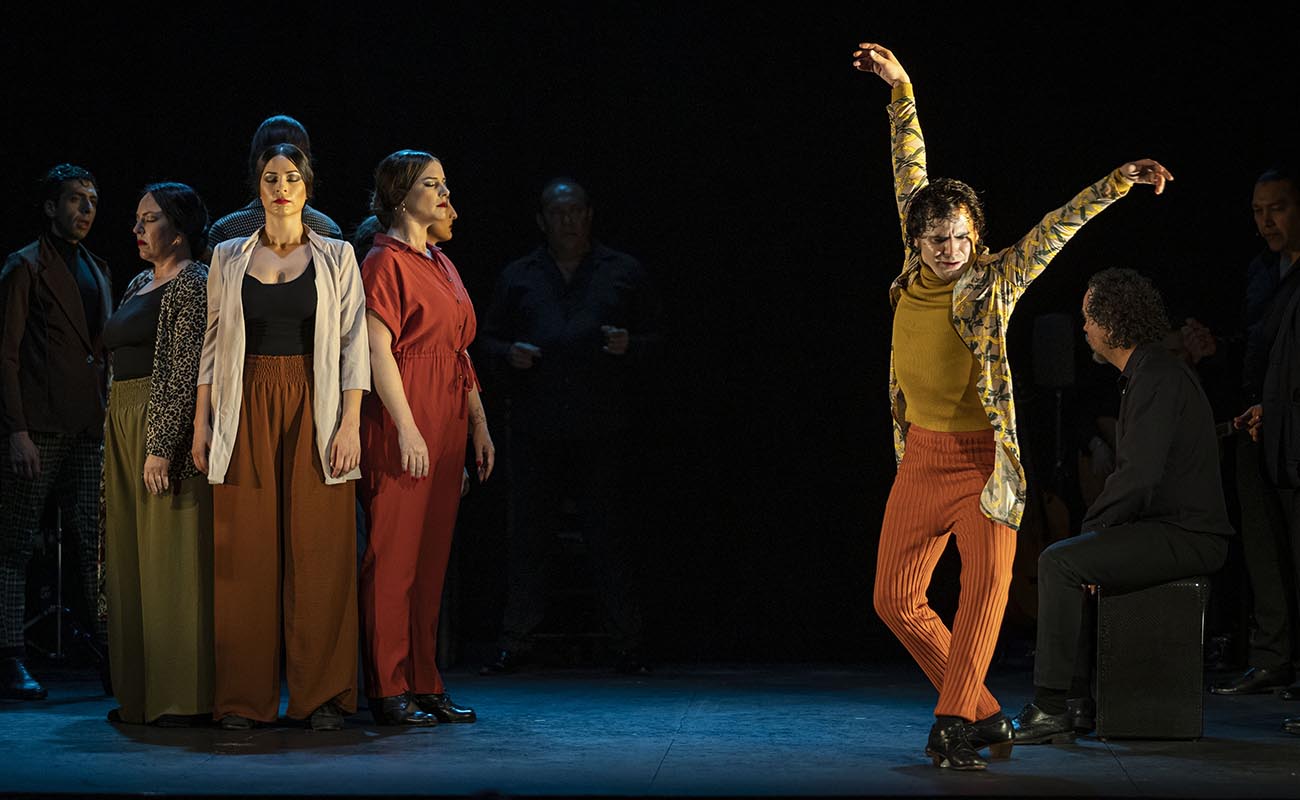
The flamenco project of the Encinias family is in for the long haul. Very long. Since the 1950s when grandmother Clarita García Allison, singer and dancer, ran her flamenco school in Alburquerque, followed by her daughter Eva Encinias, grandchildren Marisol and Joaquín as well as their children, between one thing and another, this is a flamenco dynasty as committed to flamenco as the singer families of Jerez and other towns. Throughout 36 editions of their pioneering Festival Flamenco and other ambitious projects, they have cultivated their way of understanding this artform, with a large dose of educational and investigative spirit, and limitless love for flamenco.
For this reason, the performance of the American Flamenco Repertory Company Yjastros in the Festival de Jerez, the most important international event of flamenco and Spanish dance, is a historic cultural event. While specialized investigators don’t agree on what may have been the origins of flamenco, no one doubts that it all came together in the southern portion of the Iberian Peninsula including Andalucía, Extremadura and Murcia. Yjastros was created and nurtured in Alburquerque, New Mexico (USA). The flamenco from Spain that became so popular in America in the 20th century, came to defend its identity in one of the most important birthplaces of the genre: Jerez de la Frontera.
Yjastros is the result of decades of dedication and hard work, and the authorities of the Festival de Jerez deserve congratulations for having programed this group of 17 dancers and musicians whose travel expenses were covered by a United States grant for the performing arts.
In an interview with Marisol Encinias several years ago, she explained that New Mexico maintains a close relationship with its Spanish roots, while at the same time celebrating its own culture, traditions and native history. She pointed out that “the concept of history that incorporates both Spanish and indigenous culture is something that comes naturally in our part of the world. We feel flamenco as our own, not foreign”.
The day of Yjastros’ performance in Jerez, with their show Xicano Power (a work by Israel Galván is the title of the presentation), including choreographies by Mercedes Amaya “La Winy”, Pedro Córdoba, Nino de los Reyes, Estévez & Paños, Marco Flores and Joaquín Encinias himself, expectations were high.
While waiting for the show to begin, I spoke to several people in the audience who had traveled to Jerez from the United States specifically to see this performance. A series of group choreographies, duets and solos, rondeña, caña and jaleos among other pieces, were used to communicate a message of cultural integration and mutual respect through the vehicle of flamenco.
Photos: Esteban Abion – Festival de Jerez


